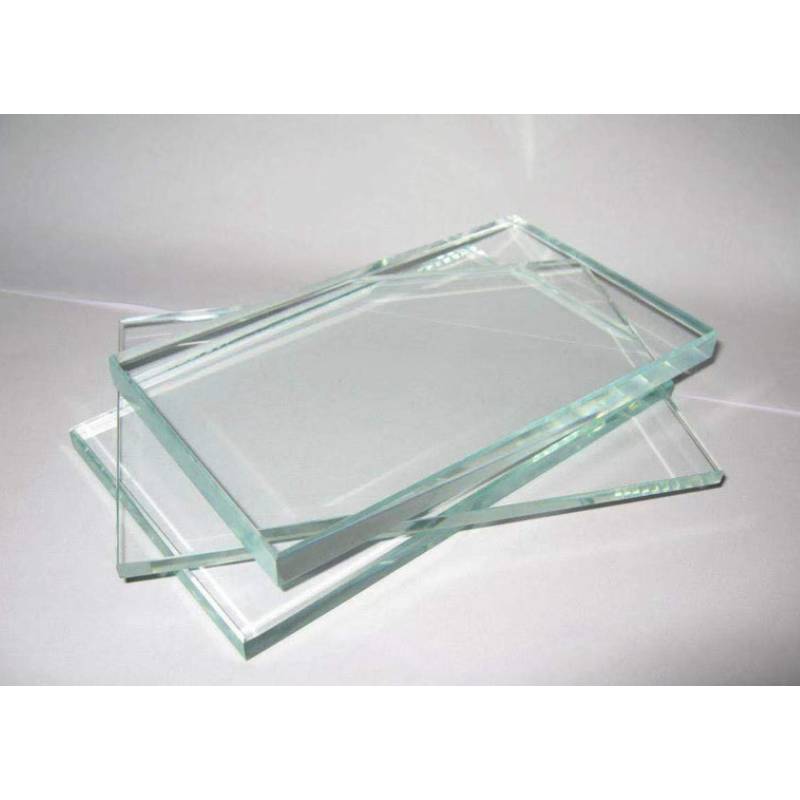Tinted Glass Types Enhancing Aesthetics and Functionality
Tinted glass has become a popular choice in modern architecture and interior design, providing both aesthetic appeal and practical benefits. Its versatility allows for a variety of applications in residential, commercial, and automotive settings. This article explores the different types of tinted glass, their characteristics, and their advantages.
1. Solar Control Glass
Solar control glass is specifically designed to reduce the amount of solar heat entering a building. It is available in various tints, which help to minimize glare and ultraviolet (UV) radiation while preserving natural light. This type of tinted glass is ideal for large commercial buildings with extensive glass facades, as it can significantly reduce cooling costs and enhance energy efficiency.
2. Reflective Glass
Reflective tinted glass features a thin metallic coating that reflects sunlight. This not only adds a modern aesthetic to buildings but also improves privacy by preventing outsiders from seeing inside during the day. Reflective glass is commonly used in high-rise buildings and office complexes, as it helps to regulate indoor temperatures and reduce glare for occupants. However, care must be taken with placement to avoid excessive heat buildup.
3. Laminated Tinted Glass
Laminated tinted glass consists of two or more glass layers bonded together with an interlayer, often made of polyvinyl butyral (PVB). This type of glass offers increased safety, as it holds together when shattered, reducing the risk of injury from flying shards. Laminated tinted glass also provides sound insulation and additional UV protection, making it a popular choice for homes in noisy environments or those seeking heightened security.
tinted glass types
4. Insulated Tinted Glass
Insulated tinted glass features multiple layers of glass with a gas filling in between, such as argon or krypton. This construction provides excellent thermal performance and further enhances energy efficiency by reducing heat transfer. Insulated tinted glass is widely used in residential buildings, especially in regions with extreme climates, as it keeps indoor spaces comfortable year-round while lowering energy bills.
5.Ceramic Frit Tinted Glass
Ceramic frit tinted glass is created by applying a ceramic paint to the surface of the glass and then firing it in a kiln. This results in a durable, long-lasting tint that can provide varying levels of shading and privacy. The ceramic frit can be patterned or colored, allowing for creative design possibilities. This type of glass is often used in facades and canopies, as it is resistant to scratching and fading from UV exposure.
6. Privacy Glass
Privacy glass, also known as switchable glass or smart glass, can change its opacity with the application of electricity. It offers the utmost flexibility, providing transparency when needed and privacy at the touch of a button. This innovative type of tinted glass is perfect for conference rooms, bathrooms, and residential settings where privacy is essential without sacrificing natural light.
Conclusion
Incorporating tinted glass into architectural and design schemes not only enhances the visual aspects of buildings but also provides substantial environmental benefits. By choosing the appropriate type of tinted glass, architects and homeowners can create spaces that are comfortable, energy-efficient, and aesthetically pleasing. As technology advances, the range of options available will continue to grow, making tinted glass an essential element in contemporary design.
 Afrikaans
Afrikaans  Albanian
Albanian  Amharic
Amharic  Arabic
Arabic  Armenian
Armenian  Azerbaijani
Azerbaijani  Basque
Basque  Belarusian
Belarusian  Bengali
Bengali  Bosnian
Bosnian  Bulgarian
Bulgarian  Catalan
Catalan  Cebuano
Cebuano  Corsican
Corsican  Croatian
Croatian  Czech
Czech  Danish
Danish  Dutch
Dutch  English
English  Esperanto
Esperanto  Estonian
Estonian  Finnish
Finnish  French
French  Frisian
Frisian  Galician
Galician  Georgian
Georgian  German
German  Greek
Greek  Gujarati
Gujarati  Haitian Creole
Haitian Creole  hausa
hausa  hawaiian
hawaiian  Hebrew
Hebrew  Hindi
Hindi  Miao
Miao  Hungarian
Hungarian  Icelandic
Icelandic  igbo
igbo  Indonesian
Indonesian  irish
irish  Italian
Italian  Japanese
Japanese  Javanese
Javanese  Kannada
Kannada  kazakh
kazakh  Khmer
Khmer  Rwandese
Rwandese  Korean
Korean  Kurdish
Kurdish  Kyrgyz
Kyrgyz  Lao
Lao  Latin
Latin  Latvian
Latvian  Lithuanian
Lithuanian  Luxembourgish
Luxembourgish  Macedonian
Macedonian  Malgashi
Malgashi  Malay
Malay  Malayalam
Malayalam  Maltese
Maltese  Maori
Maori  Marathi
Marathi  Mongolian
Mongolian  Myanmar
Myanmar  Nepali
Nepali  Norwegian
Norwegian  Norwegian
Norwegian  Occitan
Occitan  Pashto
Pashto  Persian
Persian  Polish
Polish  Portuguese
Portuguese  Punjabi
Punjabi  Romanian
Romanian  Russian
Russian  Samoan
Samoan  Scottish Gaelic
Scottish Gaelic  Serbian
Serbian  Sesotho
Sesotho  Shona
Shona  Sindhi
Sindhi  Sinhala
Sinhala  Slovak
Slovak  Slovenian
Slovenian  Somali
Somali  Spanish
Spanish  Sundanese
Sundanese  Swahili
Swahili  Swedish
Swedish  Tagalog
Tagalog  Tajik
Tajik  Tamil
Tamil  Tatar
Tatar  Telugu
Telugu  Thai
Thai  Turkish
Turkish  Turkmen
Turkmen  Ukrainian
Ukrainian  Urdu
Urdu  Uighur
Uighur  Uzbek
Uzbek  Vietnamese
Vietnamese  Welsh
Welsh  Bantu
Bantu  Yiddish
Yiddish  Yoruba
Yoruba  Zulu
Zulu 

